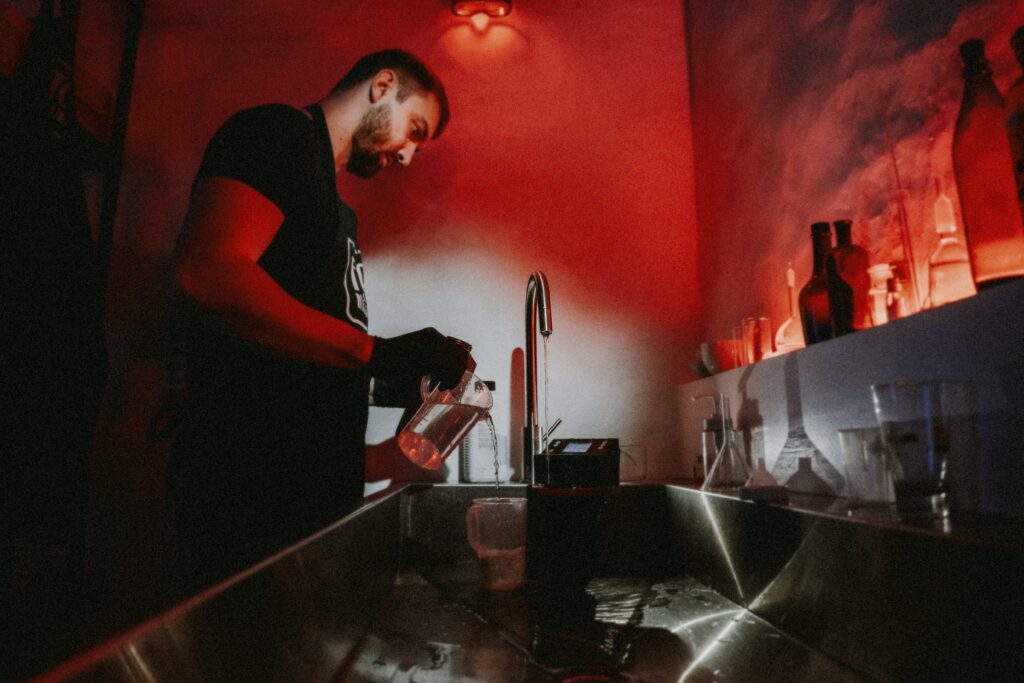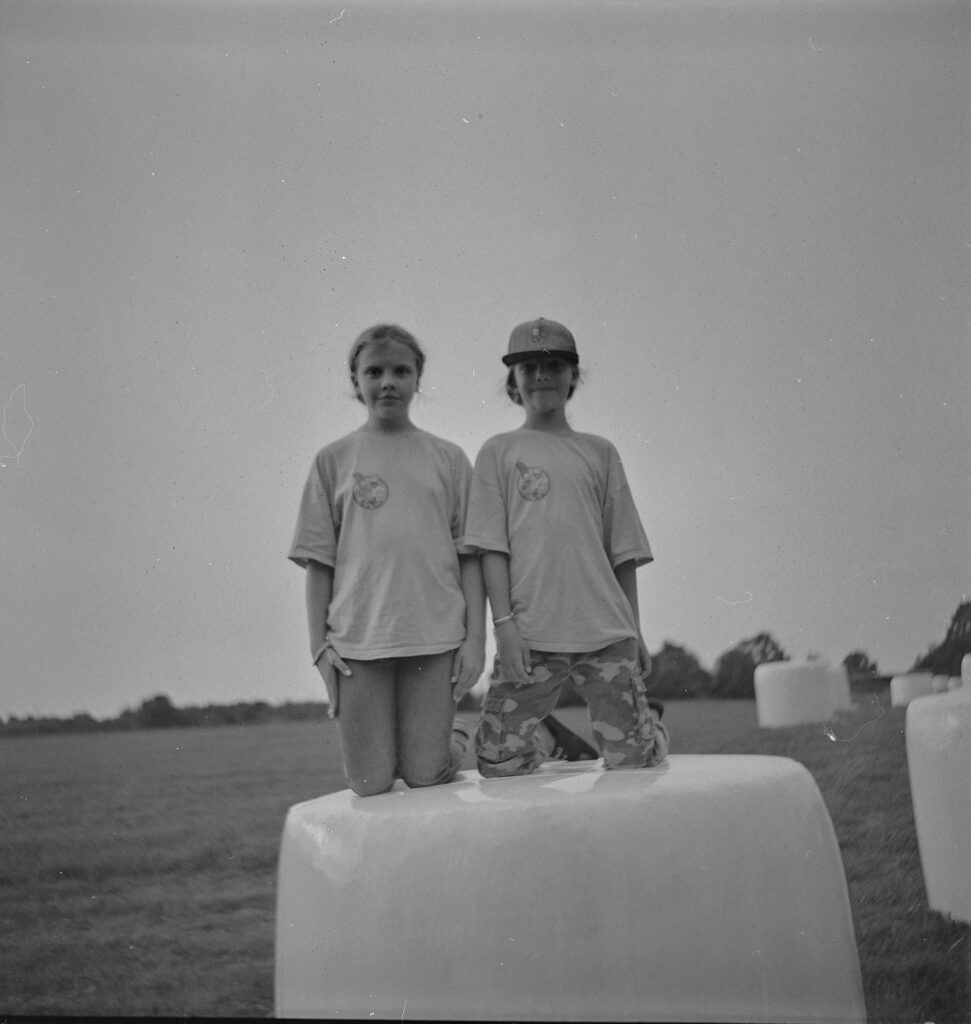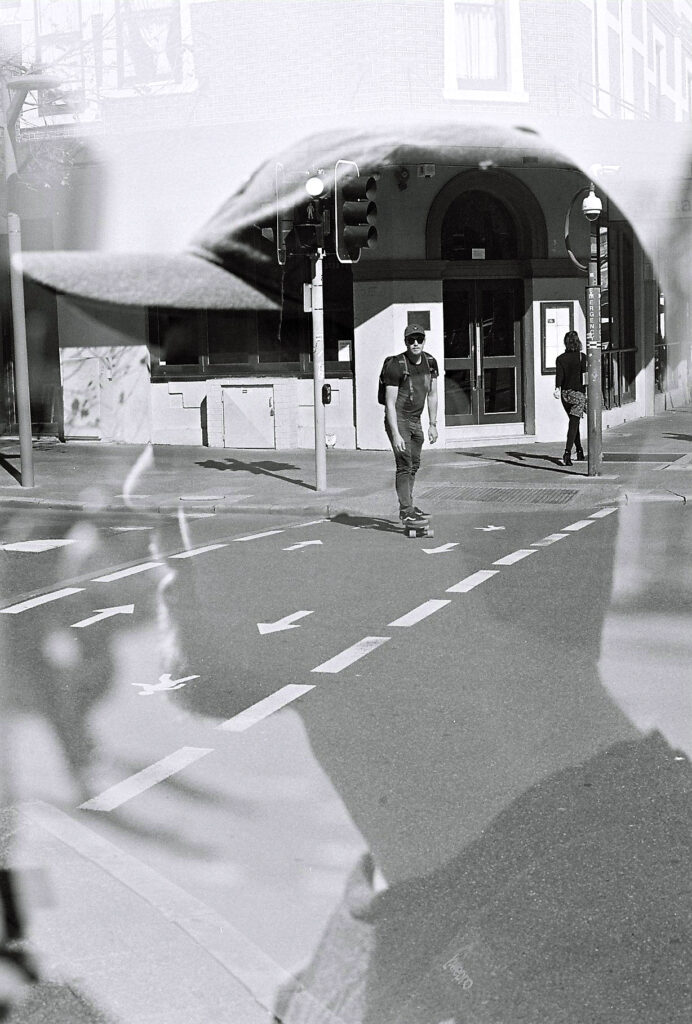A Journey Back to Craft and Connection
Home » Vintage Visual » A Journey Back to Craft and Connection

Intro
In today’s world of instant gratification, where digital photography dominates, there’s a deep, almost magnetic pull back to the roots of the craft: film. For many photographers, the days of shooting with film hold a special kind of magic — one that’s often hard to replicate with the speed and ease of digital technology. Whether it’s the sound of the shutter, the anticipation of waiting for a roll of film to be developed, or the unique texture and feel of a printed photo, there’s a certain warmth and authenticity in film that digital doesn’t offer.
The Art of Slowing Down
As digital photographers, we often get caught up in the rush of capturing as many frames as we can, quickly reviewing and editing them on screens. It’s easy to forget the days when every shot on a roll of film was deliberate, each frame carefully considered. When you were shooting with film, you weren’t just snapping pictures—you were crafting images. The finite nature of a roll of film forced you to slow down and truly connect with your subject. It encouraged you to master the fundamentals of exposure, light, and composition. There was a sense of satisfaction in knowing that you had captured the perfect shot, without the luxury of endless retries and instant feedback. Each frame on that roll was precious, and that limitation sparked creativity.

The Joy of Developing Your Own Film
But film isn’t just about the photos—it’s about the process. It’s about the thrill of developing your own film.. It’s the tactile joy of holding your negatives and prints, something you can never get from a digital file. You remember that sense of anticipation as you eagerly waited to develop your rolls of film, or the quiet pride of making a print in the darkroom. That connection to the physicality of photography, the process of creating something with your hands, was part of what made film so special. It’s a part of your photographic history that digital simply can’t replicate.

Happy Accidents: The Beauty of Imperfection
One of the most alluring aspects of film photography is the chance of unexpected. Unlike digital, where everything is crisp, calculated, and often edited to perfection, film has a way of introducing chaos — happy accidents that can transform an image from good to unforgettable.
When you shoot film, you surrender a little bit of control. Maybe the exposure was just slightly off, or a light leak accidentally kissed the frame, creating a beautiful burst of color. Perhaps the grain comes through in an unexpected way, adding texture and character that you didn’t anticipate. These imperfections, these “mistakes,” are what make film so magical. They’re not just flaws; they’re opportunities for discovery. A film photo isn’t bound by perfection—it’s allowed to evolve, to surprise you, to remind you that sometimes, the most beautiful moments happen outside of your control.
It’s in these moments that the soul of film shines through. Those unpredictable flashes of light, the subtle fading of color, the unique grain structure—these quirks and irregularities give the image a life of its own, a personality that feels as real as the moment it captured. Digital images, with their precision and clarity, often lack the mystery and texture that make film feel like a living, breathing part of the scene.
Happy accidents are the stories that make film photography so personal. They are the serendipitous moments that elevate your work, teaching you to embrace imperfection and to see beauty where you least expect it. The joy of discovering these happy accidents in your film rolls is one of the greatest pleasures of analog photography, reminding you that in art, sometimes the most unexpected results are the ones that move us the most.

Rediscovering the Magic of Developing Film at Home
By processing your own film, you can once again experience the satisfaction of holding your images in your hands, knowing that you have full control over the development process. The AGO Film Processor ensures that every roll of film is treated with care and consistency, allowing you to focus on what you love—capturing images that have soul. And the best part? The AGO Film Processor will save you money in the long run. On average, it will pay for itself after about 90 rolls of film, making it a wise investment for anyone looking to rediscover the joy of analog photography.
Most of digital photographers remember that developing color film can often feel like a complex and stressful process, with precise temperature control and timing required to achieve the best results. The AGO Film Processor takes the guesswork out of the equation. With its automatic compensation and agitation system, the AGO ensures your color films are developed with consistent quality every time, eliminating the pressure of manual adjustments. Whether you’re a seasoned photographer or just returning to film, AGO’s simplicity and reliability make color film developing a smooth, stress-free experience. Just load your film, set your parameters, and let AGO do the rest—your results will speak for themselves. It’s easier than ever to develop your own film at home, bringing that nostalgic experience back to life.
A Journey Back to Craft and Connection
Reclaim that sense of fulfillment and connection that only film can provide. Relive the joy of developing your own images, save money, and experience the timeless beauty of analog photography.
